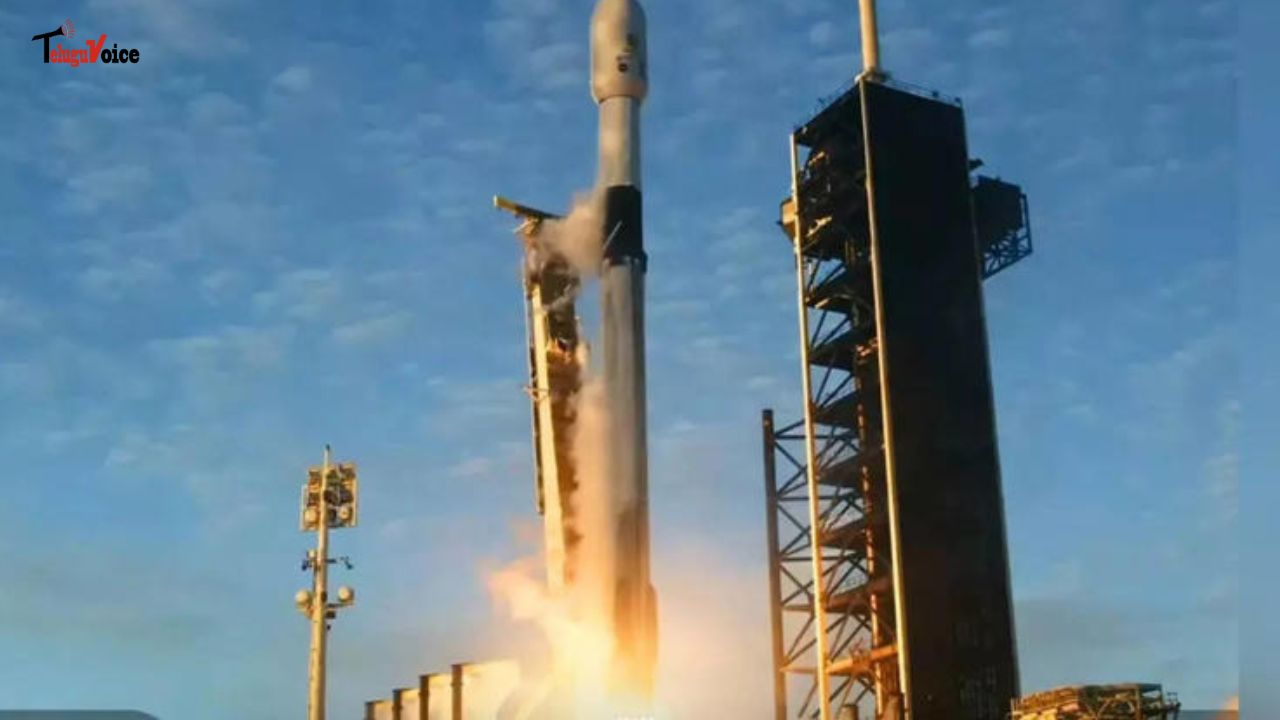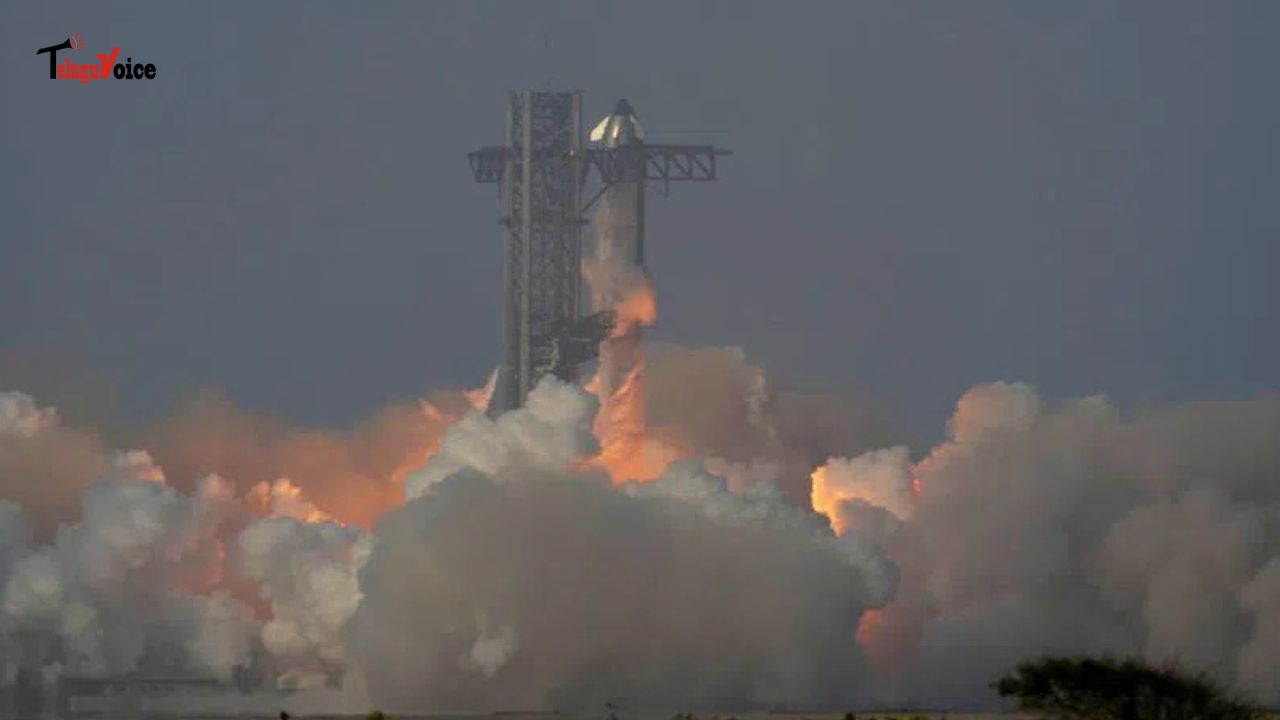NASA Launches Three Missions on Falcon 9 to Monitor Space Weather

In a landmark mission on September 24, NASA successfully launched three spacecraft aboard a SpaceX Falcon 9 rocket from the Kennedy Space Center, aiming to enhance understanding of space weather and safeguard future human space exploration.
The missions include NASA’s Interstellar Mapping and Acceleration Probe (IMAP), the Carruthers Geocorona Observatory (CGO), and NOAA’s Space Weather Follow-On Lagrange 1 (SWFO-L1). Together, they will study solar activity, interstellar particles, and Earth’s exosphere.
IMAP, costing around $600 million, will investigate the heliosphere and solar winds, providing critical radiation warnings for astronauts on future lunar and Martian missions. CGO will examine ultraviolet emissions from Earth’s exosphere to understand how space weather impacts satellites. Meanwhile, SWFO-L1, stationed 1.5 million km away at the Sun-Earth Lagrange Point 1, will deliver real-time monitoring of solar storms and coronal mass ejections.
All three spacecraft were launched together for efficiency and cost-effectiveness. Their combined data will improve space weather forecasting, protecting satellites, power grids, and astronauts from radiation hazards.
Scientists say the missions are crucial, especially as NASA prepares for its Artemis lunar programme and future Mars missions. The findings could significantly advance planetary protection and astronaut safety in deep space.

 South Africa tour of India 2019
South Africa tour of India 2019










Comments